
Discover the Majesty of Gyeongbokgung Palace
Explore the grandeur of Gyeongbokgung Palace, a cultural landmark in Seoul that showcases Korea's rich history and breathtaking architecture.
Gyeongbokgung Palace, a stunning cultural landmark in Seoul, stands as a testament to Korea's rich history and architectural beauty. This iconic site invites tourists to explore its grand halls, serene gardens, and fascinating museums, all while experiencing the vibrant culture of South Korea.
A brief summary to Gyeongbokgung Palace
- 161 Sajik-ro, Jongno District, Seoul, KR
- +822-3700-3900
- Visit website
Local tips
- Visit early in the morning to avoid crowds and enjoy a peaceful experience.
- Don't miss the changing of the guard ceremony; it's a highlight of the visit.
- Consider renting a hanbok (traditional Korean clothing) for a more immersive experience and stunning photos.
- Allocate time to explore the adjacent National Palace Museum for deeper insights into Korean history.
- Bring water and snacks, as there are limited facilities within the palace grounds.
Getting There
-
Car
If you're driving from Gyeonggi Province, take the Gyeongbu Expressway (Route 1) towards Seoul. Continue on the expressway until you reach the Dongdaemun Interchange, then take the exit towards Dongdaemun and follow signs for Jongno. Once you reach Jongno District, follow the signs to Gyeongbokgung Palace located at 161 Sajik-ro. Parking is available nearby, but be prepared to pay a parking fee, which can vary based on the duration.
-
Public Transportation - Subway
To reach Gyeongbokgung Palace via subway, find the nearest station in Gyeonggi Province. Take Line 1 (the blue line) to Jongno 3-ga Station. Transfer to Line 5 (the purple line) towards Sangil-dong and get off at Gyeongbokgung Station. Use Exit 2, and as you exit, you will see the palace entrance a short walk away. The subway fare is approximately 1,250 KRW to 2,000 KRW depending on the distance.
-
Public Transportation - Bus
If you prefer to take the bus, look for a local bus route that heads towards Seoul. You can take a bus to the Gwanghwamun area, which is a major hub for public transport. From Gwanghwamun, it’s a short walk to Gyeongbokgung Palace. The bus fare typically ranges from 1,200 KRW to 2,000 KRW, depending on the route. Make sure to check the bus schedule for the latest times.
Discover more about Gyeongbokgung Palace
Iconic landmarks you can’t miss
Jagyeongjeon
0.1 km
Explore Jagyeongjeon, a historical landmark in Seoul showcasing royal heritage and exquisite architecture amidst serene gardens.
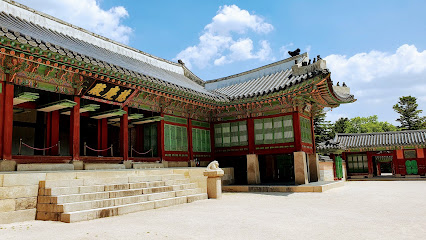
Yeongchumun (West Gate)
0.3 km
Discover the historical grandeur of Yeongchumun, the West Gate of Gyeongbokgung Palace, a must-see landmark in Seoul's rich cultural tapestry.
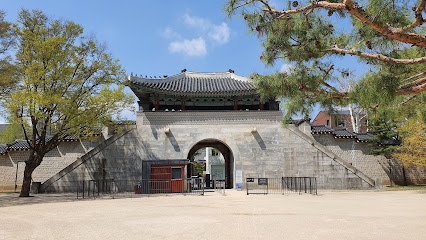
Heungnyemun Gate
0.3 km
Explore Heungnyemun Gate, a beautiful historical landmark in Seoul, and immerse yourself in the rich heritage of Korea's Joseon Dynasty.
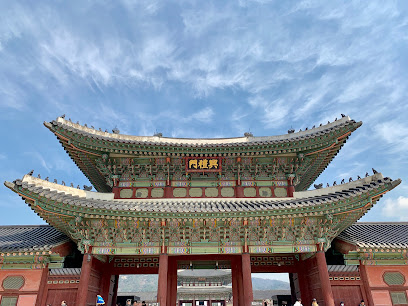
Jibokjae
0.4 km
Explore the elegance of Jibokjae, a historical jewel within Gyeongbokgung Palace, and immerse yourself in Korea's royal legacy.
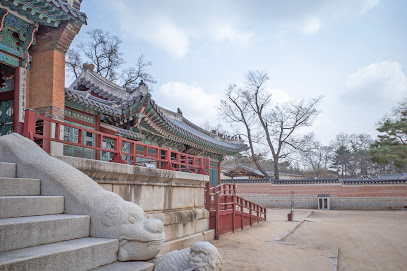
Sinmumun Gate
0.5 km
Experience the historical charm of Sinmumun Gate, a magnificent landmark that reflects Seoul's rich heritage and architectural beauty.
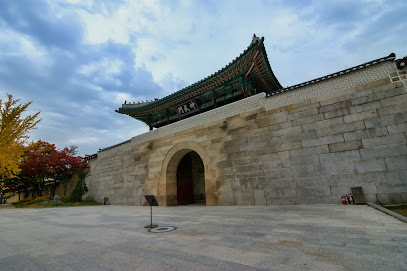
복정우물(Bokjeong Well)
0.5 km
Explore Bokjeong Well in Samcheong-dong, a hidden historical gem steeped in culture and tranquility amidst the vibrant city of Seoul.
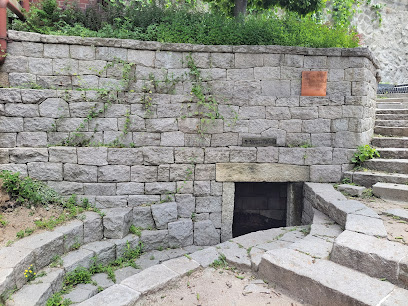
Hanok-gil (Insadong-gil)
0.7 km
Discover the cultural richness and architectural beauty of Hanok-gil in Insadong, the heart of traditional Seoul's art and history.
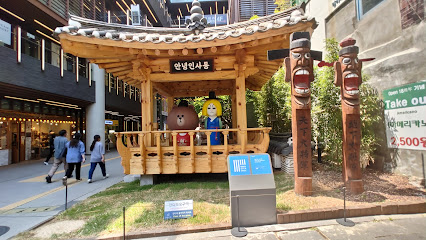
Chimnyugak House
0.7 km
Explore the serene beauty and historical significance of Chimnyugak House, a must-visit site in the heart of Seoul's Jongno District.
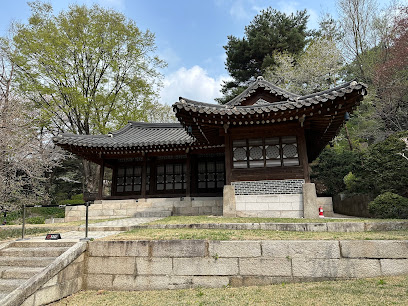
Statue of King Sejong the Great
0.8 km
Discover the legacy of King Sejong the Great at his majestic statue in the heart of Seoul, a cultural landmark celebrating Korea's rich heritage.
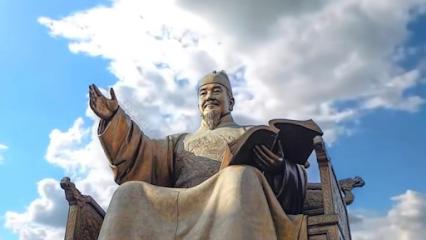
Bigag
0.8 km
Explore Bigag in Jongno District, a vibrant blend of cultural heritage and modernity in the heart of Seoul, where every corner tells a story.
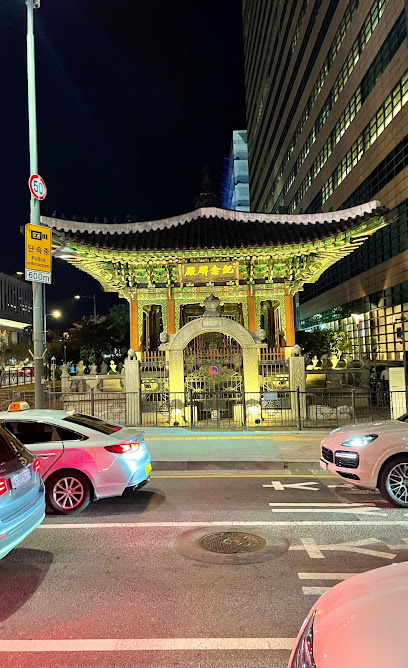
Jogyesa Temple
0.8 km
Experience serenity and spiritual culture at Jogyesa Temple, a historic Buddhist sanctuary in the heart of Seoul's bustling metropolis.
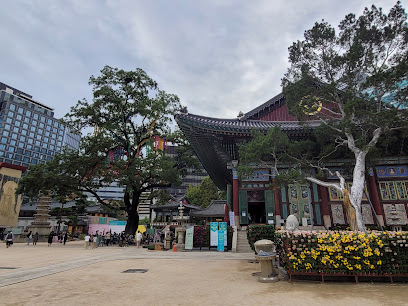
Neungseongwi Palace site
0.8 km
Explore the Neungseongwi Palace site in Seoul, a historical landmark showcasing Korea's royal heritage and stunning architecture amidst serene gardens.

Blue House
0.8 km
Explore the Blue House in Seoul, a stunning symbol of Korea's presidential history and architectural beauty amidst breathtaking natural scenery.
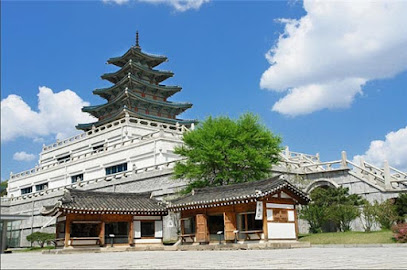
Gwanghwamun Square
0.8 km
Explore Gwanghwamun Square, a historical landmark in Seoul that beautifully merges Korea's past with its vibrant present.

Insadong-gil
0.9 km
Discover the cultural heart of Seoul at Insadong-gil, where traditional arts, crafts, and culinary delights await travelers in a vibrant atmosphere.
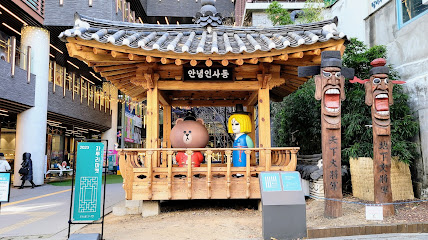
Unmissable attractions to see
Geunjeongjeon
0.1 km
Explore the grandeur of Geunjeongjeon, the main throne hall of Gyeongbokgung Palace, a cultural landmark steeped in Korea's royal heritage.
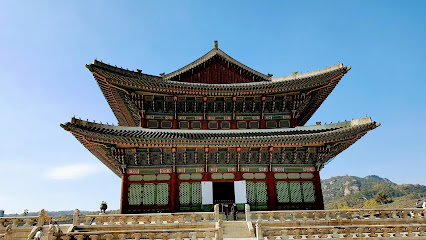
The National Folk Museum of Korea
0.3 km
Explore Korea's rich cultural history and traditions at The National Folk Museum of Korea, a captivating destination for tourists in Seoul.
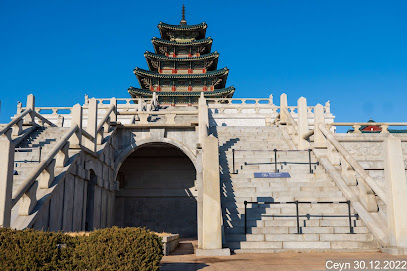
MMCA (National Museum of Modern and Contemporary Art) Seoul
0.3 km
Discover the essence of creativity at MMCA Seoul, a modern art museum showcasing contemporary works that inspire and provoke thought.
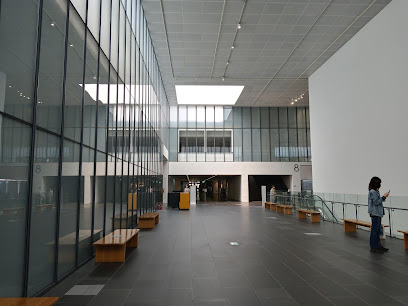
The Children’s Museum of the National Folk Museum of Korea
0.3 km
Discover the joy of learning at The Children’s Museum of the National Folk Museum of Korea – where play meets cultural heritage in an unforgettable adventure!
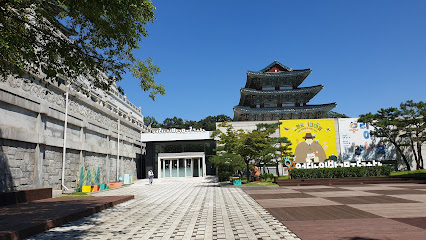
Kukje Gallery
0.3 km
Explore the vibrant world of contemporary art at Kukje Gallery, a must-visit cultural hub in the heart of Seoul, showcasing cutting-edge exhibitions.
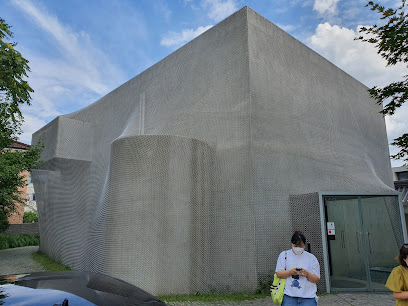
Korean Traditional House(HANOK) by Gyeonbokgung Palace
0.3 km
Discover authentic Korean living at the Hanok by Gyeongbokgung Palace, where tradition meets comfort in the heart of Seoul.

Seochon Hanok Village
0.4 km
Experience the beauty and history of Seochon Hanok Village, a traditional Korean gem in the heart of Seoul.
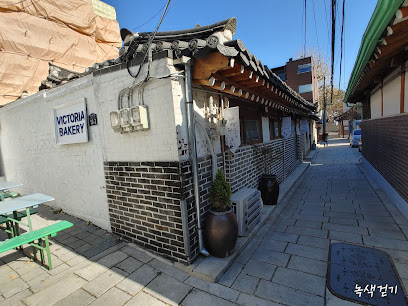
National Palace Museum of Korea
0.4 km
Uncover Korea's royal heritage at the National Palace Museum, where history, art, and culture converge in a breathtaking setting.
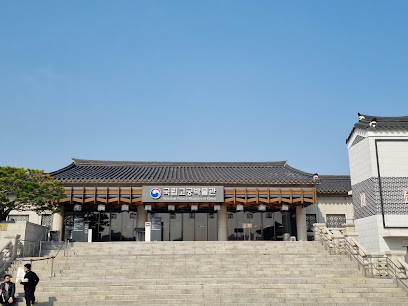
Daelim Museum
0.4 km
Discover contemporary creativity at Daelim Museum, a must-visit modern art destination in the heart of Seoul's Jongno District.
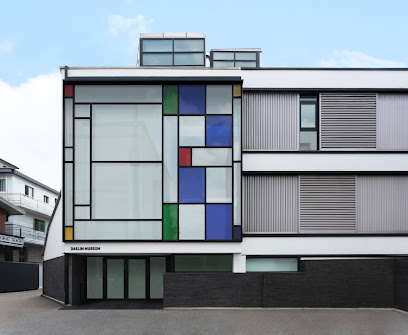
Gwanghwamun Gate
0.4 km
Explore the grandeur of Gwanghwamun Gate, a historical landmark that embodies Seoul's rich cultural heritage and architectural beauty.
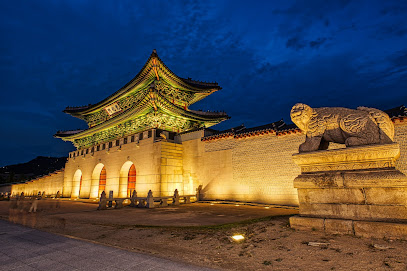
Seoul Hanbok Cafe
0.4 km
Discover the charm of Korean tradition at Seoul Hanbok Cafe, where coffee meets culture in a cozy ambiance.
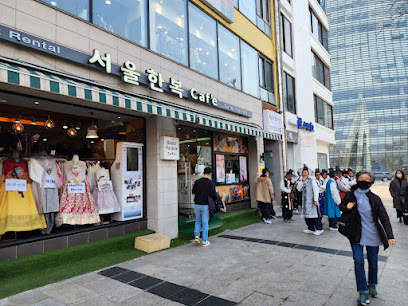
Dongsipjagak
0.4 km
Experience the historical beauty of Dongsipjagak, a must-visit landmark in Seoul that showcases Korea's rich cultural heritage.
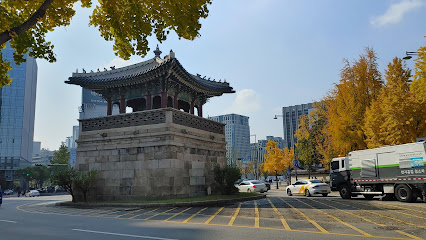
Gwanghwamun Woldae (Elevated Platform)
0.4 km
Discover the historical essence of Seoul at Gwanghwamun Woldae, where tradition and modernity converge in a picturesque setting.
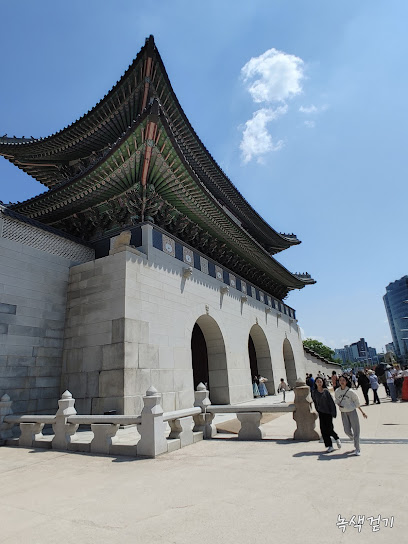
Yeonpungmun Gate
0.5 km
Explore the captivating Yeonpungmun Gate, a historical landmark in Seoul that blends architectural beauty with cultural significance.
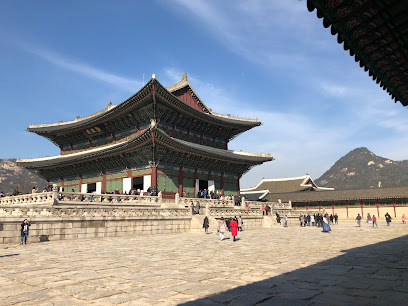
Cheong Wa Dae Sarangchae
0.5 km
Explore the heart of Korea's heritage at Cheong Wa Dae Sarangchae, a cultural landmark showcasing history and traditions in the vibrant city of Seoul.
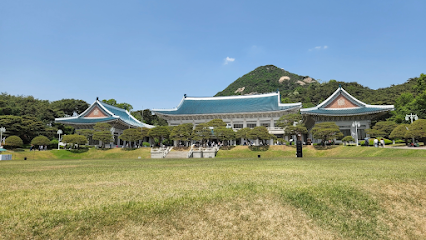
Essential places to dine
The Restaurant
0.3 km
Experience the perfect fusion of Haute French and Italian cuisine at The Restaurant in Seoul's Jongno District.
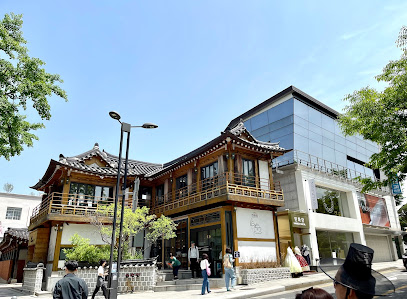
Dugahun
0.4 km
Experience authentic Italian flavors at Dugahun in Jongno District, Seoul – where culinary excellence meets vibrant atmosphere.
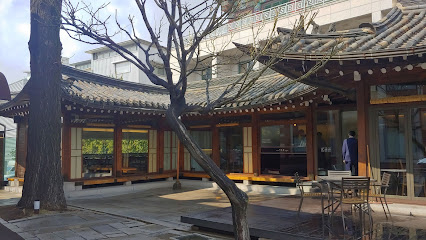
PKM Garden Restaurant & Cafe
0.6 km
Experience the essence of Italy in Seoul at PKM Garden Restaurant & Cafe - where delightful flavors meet serene surroundings.
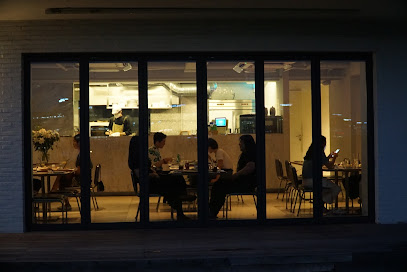
Korean Folk Village
0.8 km
Discover Korea's rich heritage at Korean Folk Village – an open-air museum showcasing traditional life with performances, crafts, and delicious cuisine.
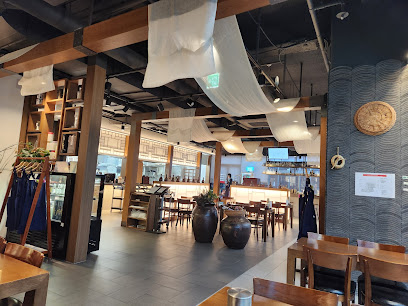
Insadong Geujip
0.9 km
Experience authentic Korean flavors at Insadong Geujip - where tradition meets culinary excellence in Seoul's historic district.
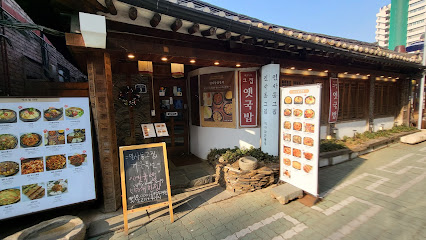
Ha-Yeon Korean Cuisine Restaurant
0.9 km
Savor authentic Korean traditional full-course meals at Ha-Yeon in Jongno-gu, where every dish tells a story.
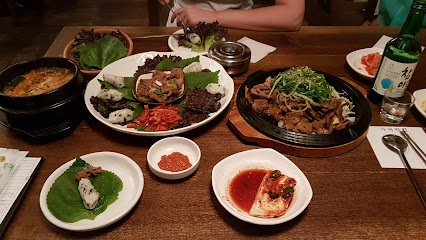
Doma Insadong
1.0 km
Discover authentic Korean flavors at Doma Insadong in Seoul's historic Insadong district – a perfect blend of tradition and taste.
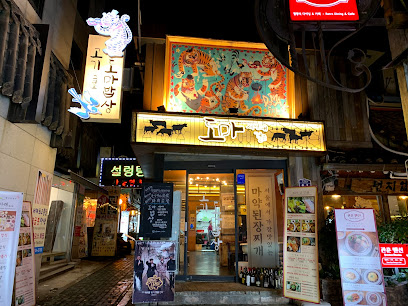
The Market Kitchen
1.0 km
Explore culinary excellence at The Market Kitchen in Seoul with an expansive buffet featuring global flavors and local specialties.
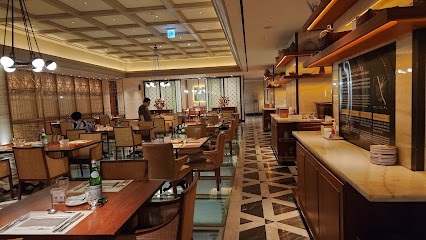
Sanchon
1.0 km
Discover authentic Korean vegetarian cuisine at Sanchon in Seoul's historic Insadong district—an unforgettable dining experience steeped in tradition.
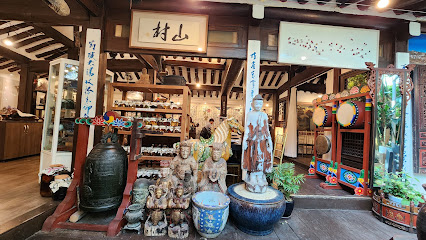
Akira Back
1.0 km
Experience culinary artistry at Akira Back in Seoul – where Canadian flavors meet Korean inspirations in a fine dining setting.
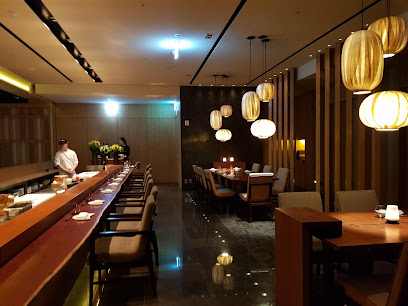
PyeongYang Gogitjip
1.1 km
Experience authentic Korean BBQ at PyeongYang Gogitjip in Jongno District, where flavors meet tradition in every grilled bite.
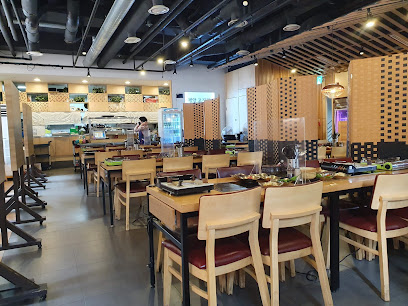
Korean Restaurant Doore
1.1 km
Experience the essence of traditional Korean dining at Doore - where every dish tells a story.
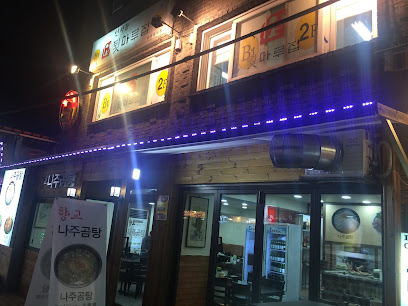
Insadong gukbap
1.1 km
Experience authentic Korean gukbap at Insadong Gukbap in Seoul - where tradition meets flavor in every bowl.
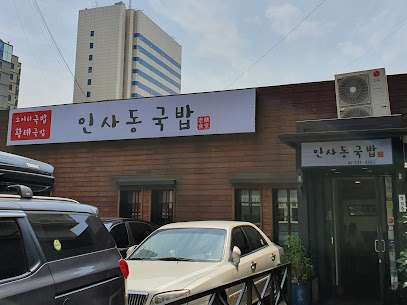
Yangbandaek
1.1 km
Experience authentic Korean flavors at Yangbandaek in Jongno District, where traditional cuisine meets warm hospitality.
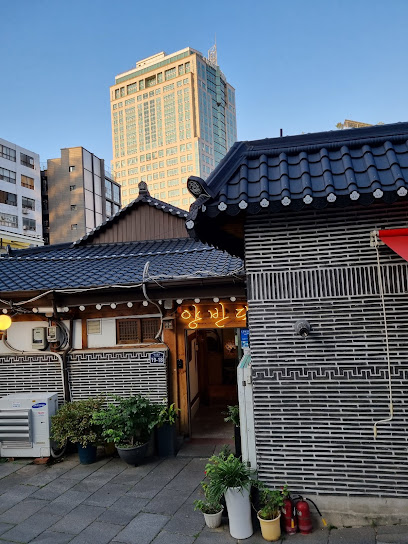
Tteok Salon Insadong
1.2 km
Experience authentic Korean rice cakes at Tteok Salon Insadong - a culinary gem in Seoul's historic Insadong district.
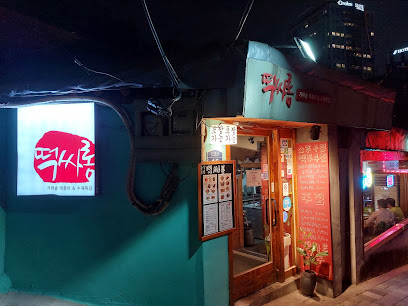
Markets, malls and hidden boutiques
MSK SHOP / Cafe Coin (Manado disk Shop)
0.4 km
Explore the essence of Korean fashion at MSK SHOP / Cafe Coin, where unique styles and exceptional quality meet in the heart of Seoul.
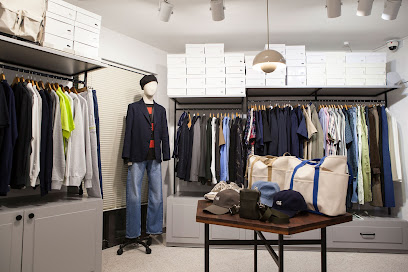
Object
0.7 km
Explore a charming souvenir store in Jongno District, Seoul, offering unique gifts and local crafts that reflect Korea's rich culture and heritage.
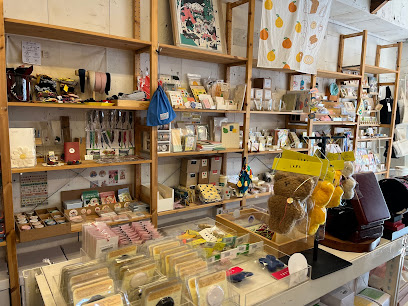
YG Place Insa Branch
0.8 km
Explore the vibrant world of K-pop at YG Place Insa Branch, Seoul's premier music store, offering exclusive merchandise and a taste of Korean music culture.
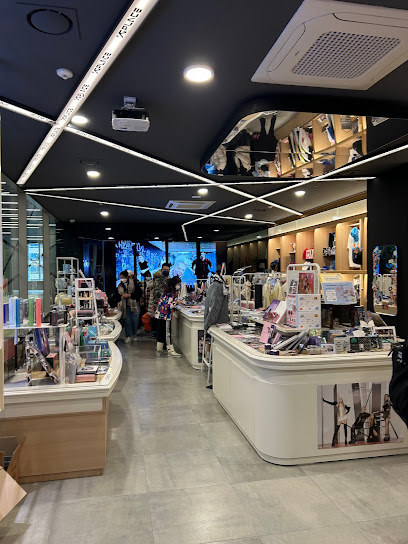
세령 (Korean HandMade Highclass Traditional Accessory)
0.9 km
Discover 세령: Your Destination for Exquisite Handmade Traditional Accessories in Seoul, Celebrating Korean Artistry and Culture.
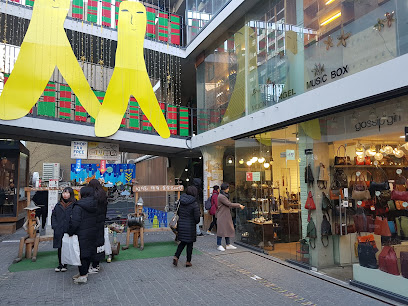
Ssamziegil
0.9 km
Explore the artistic heart of Seoul at Ssamziegil, where traditional crafts meet modern shopping in a vibrant cultural hub.
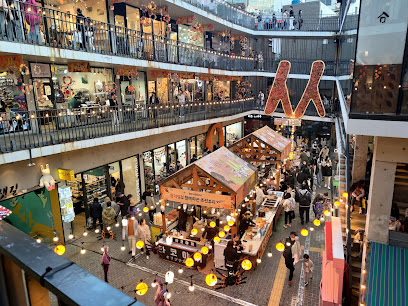
Moony Gongbang Music Box (무늬공방 도자기 오르골)
0.9 km
Discover the magic of handcrafted music boxes at Moony Gongbang in Seoul's Jongno District, where melodies and memories intertwine beautifully.
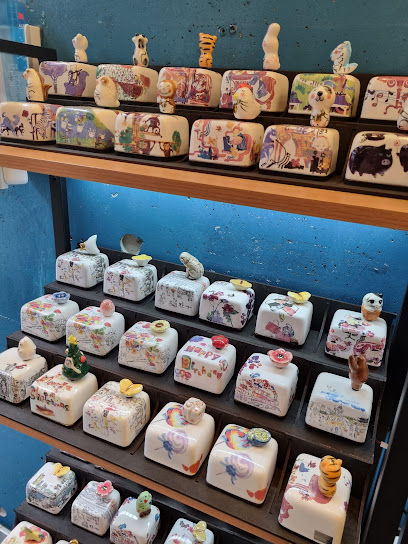
Kukje Embroidery
0.9 km
Discover the artistry of Korean embroidery at Kukje Embroidery, a unique gift shop in the heart of Seoul's Insa-dong district.
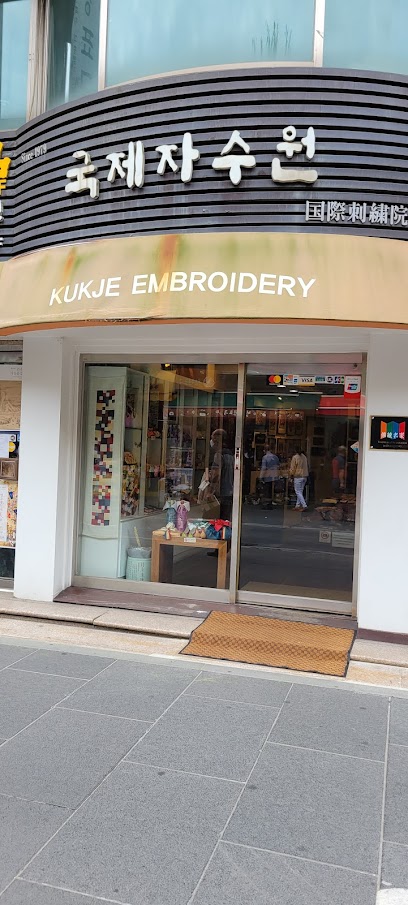
Insadong Vintage
1.0 km
Explore the rich tapestry of fashion history at Insadong Vintage, where each unique piece brings a story from the past to your wardrobe.
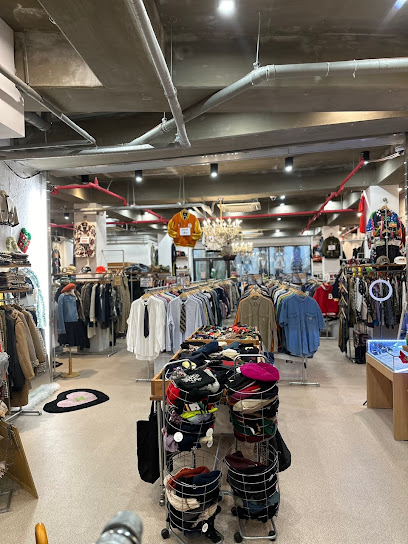
Etro Boutique
1.1 km
Discover the elegance of Italian fashion with unique prints and luxurious fabrics at Etro Boutique in Seoul, a must-visit for style enthusiasts.

Korean National Souvenir Center
1.1 km
Explore the Korean National Souvenir Center for unique handcrafted gifts and authentic cultural experiences in the heart of Seoul.
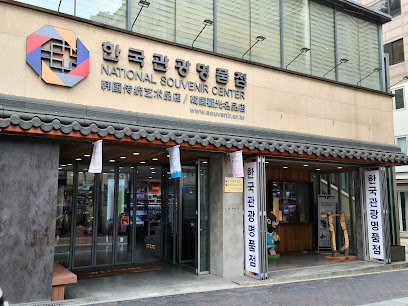
Yeon
1.1 km
Discover Yeon, a charming gift shop in Seoul, offering unique handmade products that reflect Korea's rich cultural heritage.
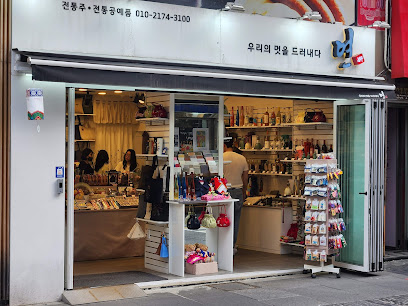
Insadong Bells and Wind Chimes Shop
1.1 km
Explore the enchanting Insadong Bells and Wind Chimes Shop in Seoul, a treasure trove of handcrafted gifts that capture the spirit of Korean culture.

인사1길
1.2 km
Explore the charm of Korean craftsmanship at Insa1-gil, a unique home goods store in Seoul's historic Insa-dong district.
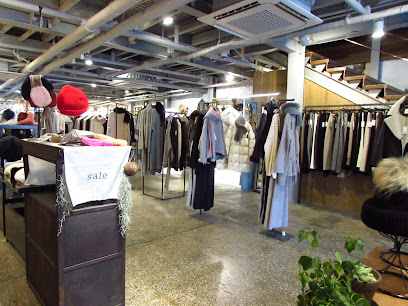
AEOL SSIGU MADANG
1.2 km
Explore vintage treasures at AEOL SSIGU MADANG in the heart of Seoul's Insa-dong, where retro fashion meets a vibrant cultural scene.
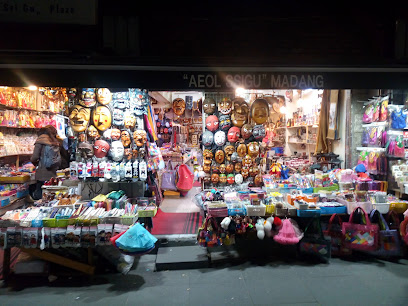
Damul
1.2 km
Explore Damul in Insa-dong, where traditional Korean fashion meets contemporary style in a vibrant shopping experience.

Essential bars & hidden hideouts
Bar Cham
0.6 km
Experience the art of mixology at Bar Cham, a cozy cocktail bar in Seoul's Jongno District, offering unique drinks and a warm ambiance.
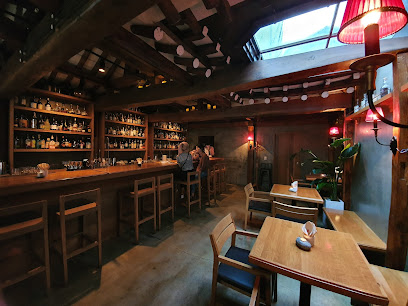
Bar Pomme
0.6 km
Discover the exquisite cocktails and vibrant atmosphere at Bar Pomme, a must-visit cocktail bar in Seoul's Jongno District.
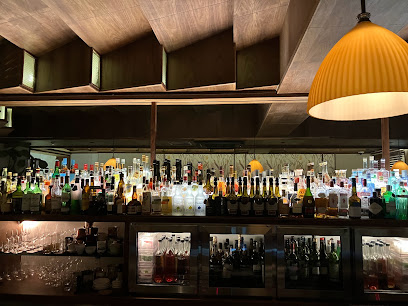
Tender Bar
0.7 km
Experience Seoul's nightlife at Tender Bar, a cocktail haven offering expertly crafted drinks and a vibrant atmosphere in Jongno District.
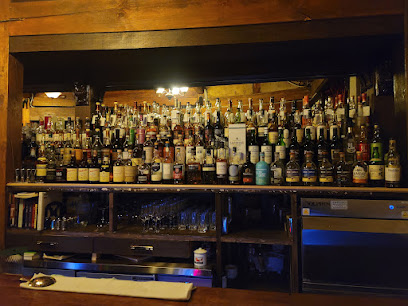
Cobbler
0.7 km
Experience the art of mixology at Cobbler, a premier cocktail bar in Seoul's Jongno District, where creativity and flavor intertwine.
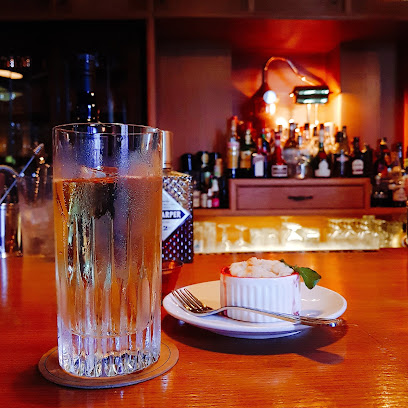
찰스 H Charles H.
1.0 km
Discover the perfect blend of elegance and modernity at Charles H. in Seoul, a sophisticated bar and dining experience.
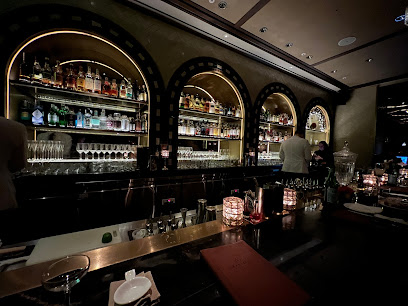
Tongkeun Imo
1.1 km
Discover the lively essence of Seoul's nightlife at Tongkeun Imo, a cozy bar in Insa-dong offering unique local drinks and a welcoming atmosphere.
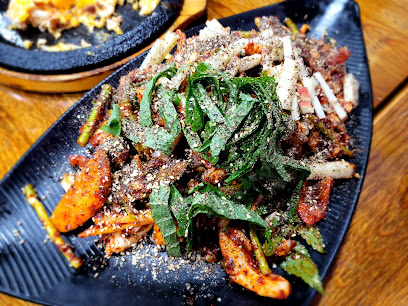
Seochon Dokkaebi
1.1 km
Discover Seochon Dokkaebi, a vibrant bar in Seoul that blends traditional Korean culture with modern nightlife, perfect for an unforgettable experience.
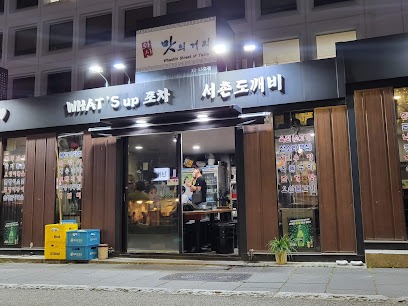
마당쇠호프
1.2 km
Discover the local charm of Seoul at 마당쇠호프, a popular bar in Insa-dong offering delicious drinks and a vibrant social atmosphere.
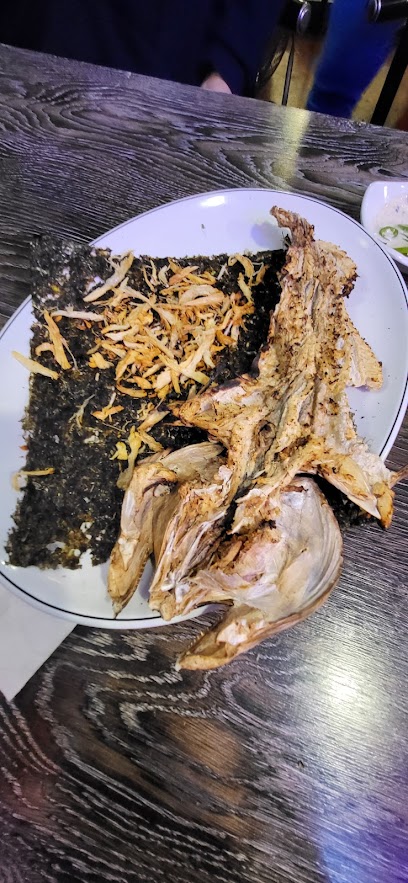
OB's Cabin
1.2 km
Experience the vibrant nightlife of Seoul at OB's Cabin, a live music bar where local talent shines in an intimate setting.
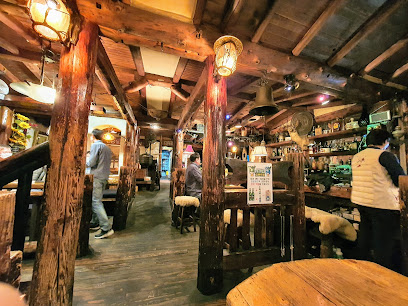
Tou
1.2 km
Experience the authentic taste of Korea at Tou, a Korean rice wine pub in Jongno District, where culture and flavor come alive.

Insadong Nogari
1.2 km
Experience the vibrant nightlife of Seoul at Insadong Nogari, a traditional bar offering delicious drinks and a welcoming atmosphere in the heart of Insadong.
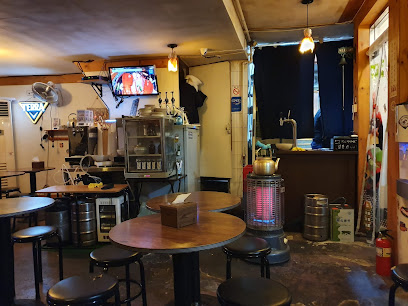
Jongnoilbeonzi
1.2 km
Discover the vibrant nightlife of Jongnoilbeonzi, a perfect bar to unwind in the heart of Seoul's cultural district, Insa-dong.
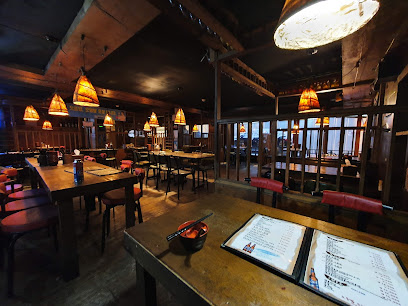
Ikseon bar Orb of Light Cocktail & Wine bar
1.2 km
Experience the exquisite blend of cocktails and wines at Seoul's enchanting Ikseon bar Orb of Light, a hidden gem in the heart of the city.
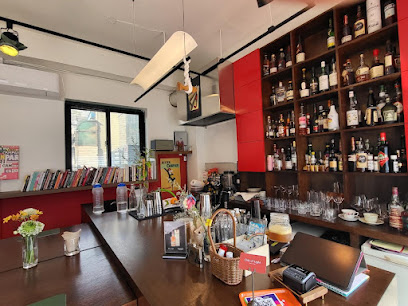
Haejeo
1.3 km
Discover Haejeo, a unique bar in Insa-dong, Seoul, where traditional culture meets modern mixology for an unforgettable experience.

레벤호프
1.3 km
Immerse yourself in Seoul's nightlife at 레벤호프, where traditional charm meets modern mixology in the heart of Insa-dong.




